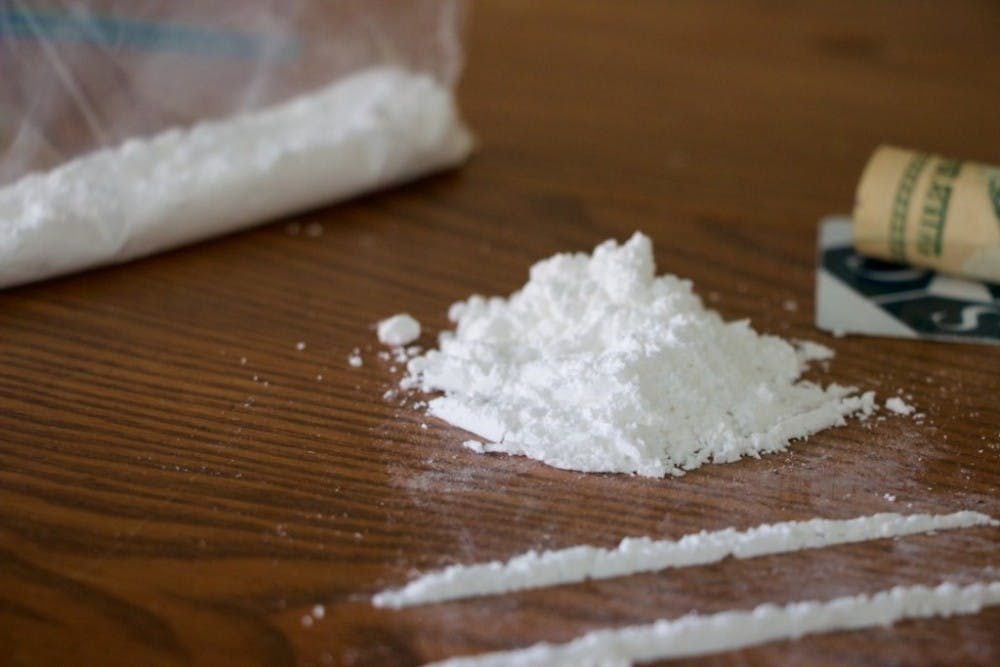Researchers in the Department of Neuroscience at the Johns Hopkins University School of Medicine have found that high doses of cocaine in mice kill brain cells by way of overactive autophagy, a “housekeeping” process through which cells rid themselves of debris and waste.
Upon discovering in 1990 that nitric oxide gas is a neurotransmitter in the body, Solomon Snyder and his research team have spent decades studying the implications of this communicator molecule in the brain.
In 2013 the researchers found that nitric oxide is involved in cocaine-induced cell death, but they were unsure of how exactly the cells were dying.
They found their answer by examining cells cultured from brain tissue. Their approach came from the notion that, similar to whole animals, cells can die from exposure to extreme temperature, toxins and trauma.
Additionally cells can “commit suicide” through mechanisms that are generally highly controlled. In cases of administration of high cocaine doses, however, a particular cellular “clean up” process goes awry.
“A cell is like a household that is constantly generating trash,” Prasun Guha, postdoctoral fellow at Hopkins and lead author of the paper said in a press release. “Autophagy is the housekeeper that takes out the trash — it’s usually a good thing. But cocaine makes the housekeeper throw away really important things, like mitochondria, which produce energy for the cell.”
Autophagy is a normal cellular process that rids the cell of debris that accumulates in the cell. The debris is collected in membrane-enclosed vacuoles, like bags. These bags fuse with other bags that contain acids and digestive enzymes, which break down and degrade the debris. When this process accelerates and goes on unregulated, organelles important for cell functioning begin to be degraded by this process.
The team identified that overactive autophagy was the culprit for cocaine-induced cell death by examining the levels of proteins that are involved in autophagy and by observing the cells’ physical changes.
Since the team had originally observed that nitric oxide and (Glyceraldehyde-3-Phosphate Dehydrogenase) GAPDH were key players in this process of cocaine-induced cell death, they tested the ability of the compound CGP3466B, known to disrupt nitric oxide/GAPDH interactions, to halt cocaine-induced autophagy. The team had previously seen positive effects of CGP3466B in blocking the harmful effects of high cocaine dosages, but they had not identified the process of autophagy as the underlying mechanism of this effect.
“Since cocaine works exclusively to modulate autophagy versus other cell death programs, there’s a better chance that we can develop new targeted therapeutics to suppress its toxicity,” Maged M. Harraz, a research associate at Johns Hopkins and lead co-author of the paper, said in the press release.
Snyder is hopeful that results from their work will eventually lead to treatments for adults and children suffering from the devastating effects of cocaine on the brain. While CGP3466B is already known to be safe for humans, the team cautions that more time and experimentation is needed, first in mice and then in humans, in order to confirm the potential of CGP3466B as a method of preventing cocaine damage to the brain.





